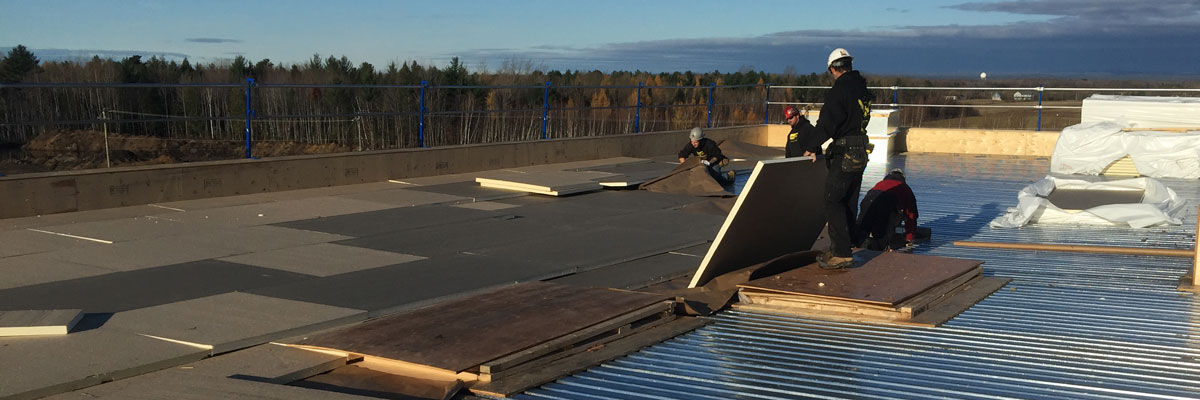Are the terms drip edge, siding, and roofing making your mind boggle? These elements all play an important role in protecting your roof and keeping it in good condition.
Don’t panic! To help you better understand these terms, the roofing experts at Duro-Toit explain everything you should know about drip edge flashing!
What is a drip edge and what does it do?
Simply put, a drip edge is a sheet of metal, usually in the shape of an “L”, that is installed on the edge of a roof.
It is sometimes referred to as “fascia flashing” and is primarily used to protect your home from harsh weather conditions, particularly heavy rain, and wind. Specifically, it helps keep water away from the edge of your roof by directing it towards the gutter.
Without drip edges, water that accumulates on your roof could enter underneath the shingles and cause considerable damage to your home. You’ll come to realize that drip edges are very useful and will save you a lot of hassle in the long run.
However, we advise that your drip edge is made from a quality material and installed by a professional roofer.
How to install a drip edge
First of all, it’s important to know that drip edges are included in many construction code standards, although they are not mandatory. This emphasizes how essential they are in protecting residents from roof leak damage.
If you have any concerns about your own roof, you can always request a roof inspection. If it turns out that you don’t have a drip edge in place already, it’s never too late to get one installed.
Although this isn’t a mandatory requirement, we would like to point out that drip edges are recommended by most experienced roofers and shingle manufacturers. Keep in mind that the working conditions (weather) have an incidence on this parameter.
What is the best material for a drip edge?
Galvanized steel, aluminum, copper, vinyl, plastic or fiberglass? There are so many materials available to choose from, but which one is the best?
Note that your drip edge doesn’t have to be made out of metal. That being said, our roofing experts recommend steel or aluminum drip edges, since they are the most durable and resistant over time. We advise using vinyl and fiberglass more for windows and doors.
If you opt for a copper drip edge, make sure it is at least 0.69 mm thick to be fully effective. If instead you go for galvanized steel, you should choose a 26-gauge panel.
Types of drip edge flashing
You will soon discover that there are several types of drip edge. To avoid confusion, we’ll clear it all up for you now. There are 3 main types of drip edge: type C, F and D.
The classic type C drip edge
This model of drip edge is the most basic. It is L-shaped and runs along the border of your roof. It is also equipped with a bevelled edge.
Type F drip edge
This type has a longer upper edge, making it ideal for the side edges of your roof.
Type D drip edge
This drip edge is T-shaped. It is known to redirect water away from your roof border. Like the C-type, it has a bevelled edge on the underside of its vertical flange.
Duro-Toit: roof maintenance experts
Maintaining your roof is an important task that should be carried out regularly to avoid stress and costly repairs. Our expert roofers are here to help you with our roof repair, construction and renovation and technical advice. What are you waiting for? Contact us today!
For drip edge installation, we suggest that you get a free quote and professional guidance! There are various ways to install a drip edge depending on its whereabouts on your roof. We therefore advise against attempting this task on your own without consulting a roofer.



